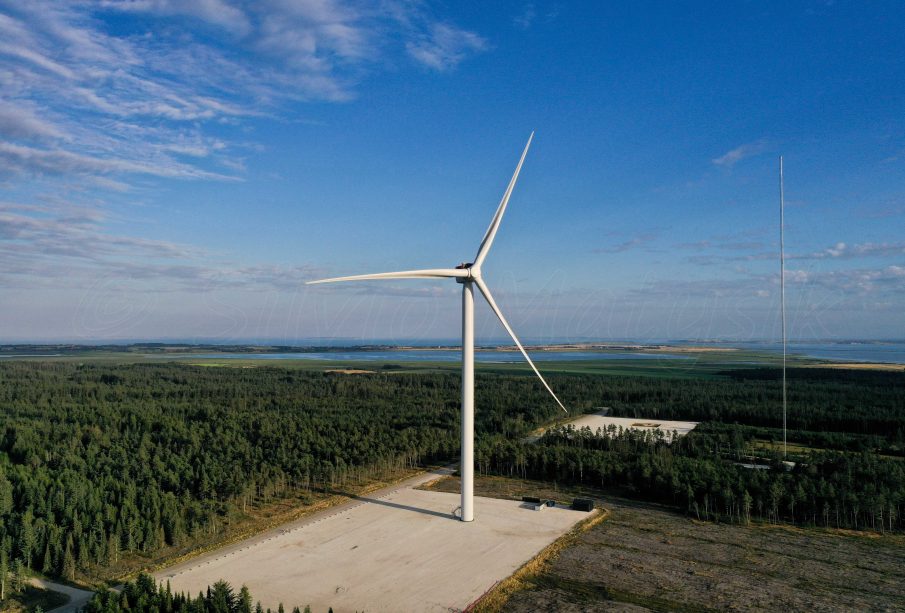The Growing Importance of Wind Energy in Canada

Introduction: The Significance of Wind Energy
Wind energy has emerged as a crucial player in the quest for sustainable energy solutions amid climate change concerns. As Canada aims to reduce greenhouse gas emissions and transition towards renewable energy sources, wind power is becoming ever more relevant. With its vast open spaces and favorable wind conditions, Canada is one of the world leaders in wind energy production.
Current Developments in Wind Energy
As of 2023, Canada ranks among the top four countries globally for installed wind power capacity. According to the Canadian Wind Energy Association (CanWEA), the country has seen a significant increase in wind energy production in recent years, with a total capacity surpassing 15,000 megawatts. This translates to over six percent of its total electricity generation.
Among the provinces, Ontario leads the way, accounting for nearly 40% of Canada’s total wind power generation, followed by Alberta and Quebec. Recent projects, such as the construction of the 601 MW wind farm in Alberta, underscore the expanding investment in wind energy resources. This project is part of the Alberta government’s commitment to generate 30% of its electricity from renewable sources by 2030.
Technological Innovations and Economic Impact
Technological advancements have played a pivotal role in enhancing the efficiency and reliability of wind turbines. Innovations like larger rotor diameters and enhanced blade designs allow wind farms to generate more electricity while using less land. Furthermore, the sector not only creates numerous jobs in installation, maintenance, and manufacturing, but also fosters economic growth in rural communities where many wind farms are located.
Future Prospects and Conclusion
Looking ahead, the outlook for wind energy in Canada appears promising. The government has set ambitious goals to achieve net-zero greenhouse gas emissions by 2050, and wind energy is expected to contribute significantly to that target. Programs supporting research and development in wind technology, along with investments in infrastructure, will likely propel the sector further.
In conclusion, wind energy presents a viable and sustainable option for Canada as it seeks to combat climate change and enhance energy security. The continued growth and development of this renewable resource not only reflect a changing energy landscape but also emphasize the need for a collective commitment to a cleaner, greener future.








